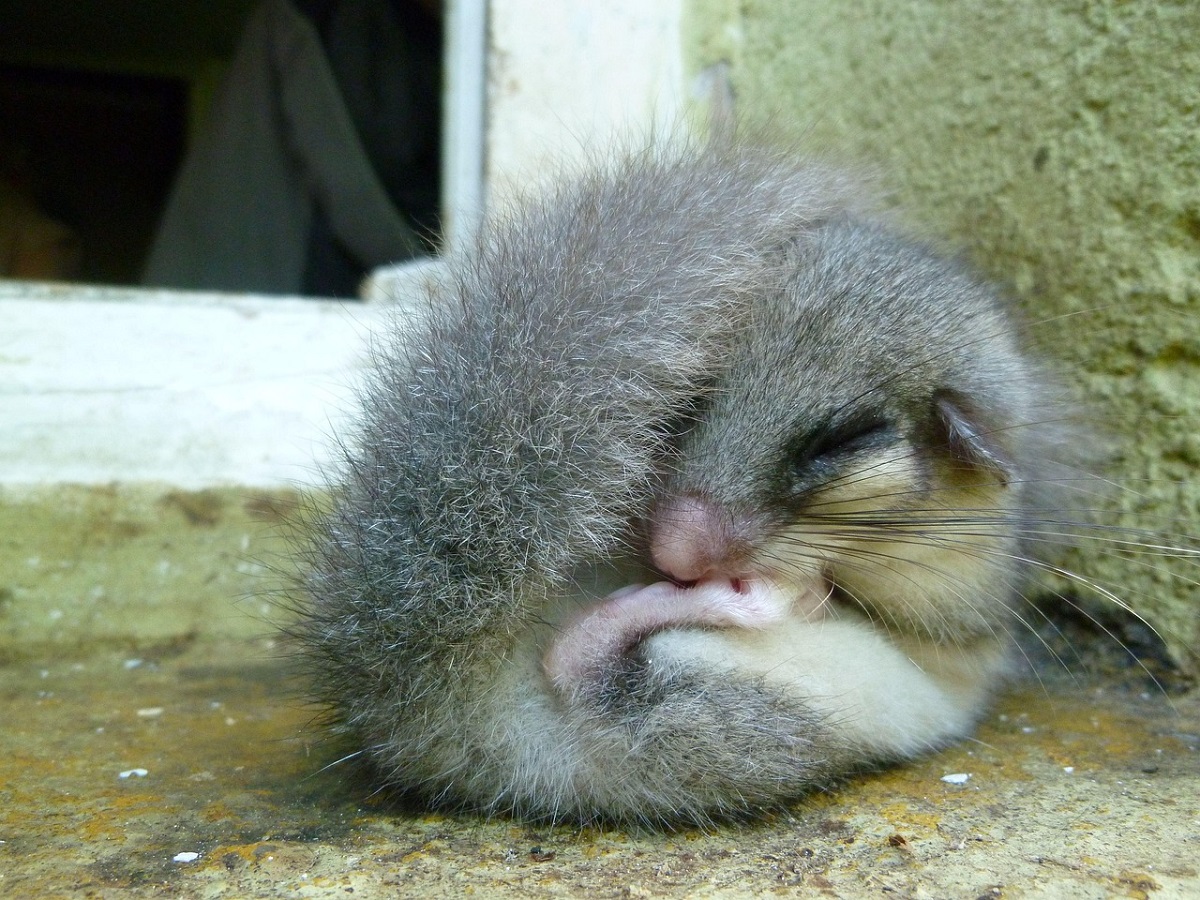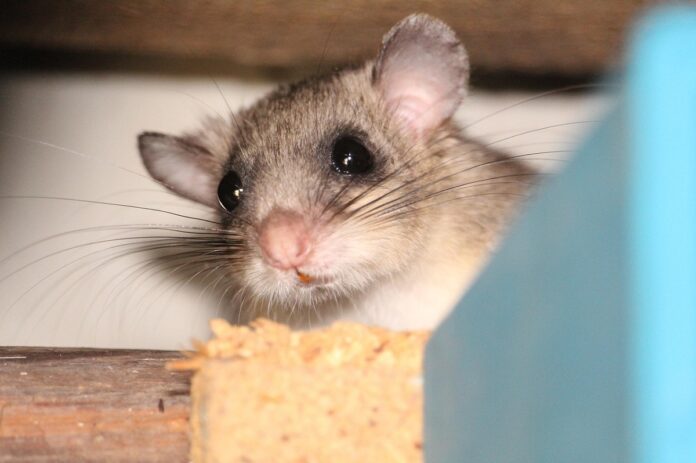The dormouse is a small, charming creature that captures the hearts of many. Known for its sleepy nature and adorable appearance, the dormouse is a fascinating animal with a unique lifestyle. These tiny mammals are found in Europe, Asia, and Africa. They are known for their long hibernation periods and love for nuts and berries. Let’s explore the world of the dormouse and learn about its life, habits, and importance in nature.
What is a Dormouse?

| Category | Details |
|---|---|
| Common Name | Dormouse |
| Scientific Name | Family: Gliridae (29 species) |
| Class | Mammalia (mammals) |
| Order | Rodentia (rodents) |
| Species Examples | 1. Hazel Dormouse (Muscardinus avellanarius) |
| 2. Edible Dormouse (Glis glis) | |
| 3. Garden Dormouse (Eliomys quercinus) | |
| 4. Forest Dormouse (Dryomys nitedula) | |
| Habitat | Forests, woodlands, shrublands, and gardens (Europe, Asia, and Africa) |
| Distribution | Europe, Asia, and Africa |
| Size | 2.5–7.5 inches (body length); tail adds 2–6 inches |
| Weight | 0.5–6 ounces (depending on species) |
| Lifespan | Wild: Up to 5 years; Captivity: Up to 7 years |
| Diet | Omnivorous (fruits, nuts, seeds, berries, insects, small birds, and eggs) |
| Unique Features | Fluffy tail, large eyes, round ears, long whiskers, hibernation ability |
| Reproduction | 2–7 pups per litter; pups are born blind and hairless; weaned at 4–6 weeks |
| Conservation Status | Hazel Dormouse: Vulnerable; Edible Dormouse: Least Concern; Others vary |
| Predators | Owls, foxes, snakes, and other small predators |
| Adaptations | Nocturnal, excellent climbers, strong jaws for cracking nuts, hibernation |
A dormouse is a small rodent that belongs to the family Gliridae. There are about 29 species of dormice. They are not true mice, even though their name suggests it. Dormice are more closely related to squirrels and beavers. They are known for their fluffy tails, large eyes, and round ears.
Dormice are nocturnal animals, which means they are active at night and sleep during the day. They are excellent climbers and spend most of their time in trees and bushes. Dormice are also known for their long periods of hibernation, which can last up to six months of the year.
Physical Characteristics
Dormice are small animals. They usually measure between 2.5 to 7.5 inches in length. Their tails add another 2 to 6 inches. They weigh between 0.5 to 6 ounces, depending on the species. The edible dormouse is the largest species, while the hazel dormouse is one of the smallest.
Dormice have soft, thick fur. Their fur can be gray, brown, or reddish-brown. They have large, round eyes that help them see in the dark. Their ears are also round and covered with fur. Dormice have long, bushy tails that help them balance when climbing.
One of the most distinctive features of the dormouse is its whiskers. These whiskers are very sensitive and help the dormouse navigate in the dark. They also have sharp claws that help them grip branches and climb trees.
Habitat and Distribution
Dormice are found in Europe, Asia, and Africa. They live in a variety of habitats, including forests, woodlands, and shrublands. They prefer areas with plenty of trees and bushes. This provides them with food and shelter.
Dormice build nests in trees and bushes. They use leaves, grass, and moss to create cozy nests. These nests are usually located in dense vegetation, which protects from predators. Dormice are also known to use bird nests and tree hollows.
Diet and Feeding Habits
Dormice are omnivores, meaning they eat both plants and animals. Their diet consists mainly of fruits, nuts, seeds, and berries. They also eat insects, small birds, and eggs. Dormice have a special love for hazelnuts, which is why the hazel dormouse is named after them.
Dormice are known for their ability to store food. They collect nuts and seeds during the summer and autumn. They store this food in their nests or in hidden places. This helps them survive during the winter when food is scarce.
Dormice have strong jaws and sharp teeth. They use these to crack open nuts and seeds. They also have a keen sense of smell, which helps them find food in the dark.
Hibernation
One of the most interesting things about dormice is their hibernation. Dormice hibernate for up to six months of the year. They usually start hibernating in late autumn and wake up in spring. During hibernation, their body temperature drops, and their heart rate slows down. This helps them save energy.
Dormice prepare for hibernation by eating a lot of food. They build up fat reserves to last them through the winter. They also find a safe and warm place to hibernate. This is usually in a nest or a tree hollow.
When dormice hibernate, they curl up into a tight ball. They wrap their tails around their bodies to keep warm. They wake up occasionally to eat stored food or to move to a warmer spot.
Reproduction and Lifespan
Dormice have a breeding season that usually starts in spring and lasts until autumn. During this time, males and females come together to mate. After mating, the male leaves, and the female takes care of the young.
A female dormouse gives birth to 2 to 7 babies, called pups. The pups are born blind and hairless. They rely on their mother for warmth and food. The mother nurses the pups for about 4 to 6 weeks. After this, the pups start eating solid food and become independent.
Dormice reach adulthood at about 6 to 8 months old. In the wild, dormice can live up to 5 years. In captivity, they can live even longer, up to 7 years.

